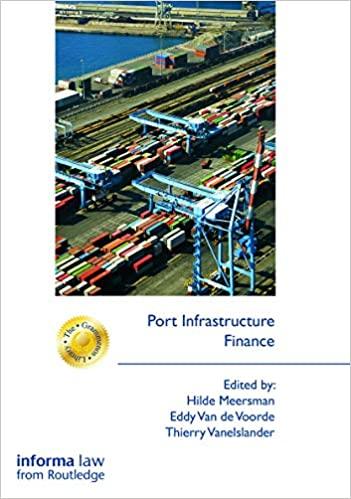Question
Each year on the 4th of July, many families gather on Tuscarora Lake and rent boats for the day from local businesses. Kay sells short-term
Each year on the 4th of July, many families gather on Tuscarora Lake and rent boats for the day from local businesses. Kay sells short-term insurance policies to these boaters that cover any damage to their rentals. Each boat costs d = 36 to replace. She knows that some fraction of the boaters are responsible, low-risk types, who have a probability L = 0.05 of wrecking their boat. But there is also a fraction 1 of the boaters who are reckless, high-risk types, who have a probability H = 0.25 of wrecking their boat. All boaters have income I = 100 and power utility of consumption; the high-risk types have = 0, while the low-risk types have = 1. We can ignore the subjective discount rate for this question, because the insurance policies last only one day (close enough to zero). By law, the insurance policies Kay offers must cover the entire cost d of replacing the boat; no partial insurance policies are allowed.
a) What is the maximum price pH that the high-risk boaters would pay for rental insurance? What is the maximum price pL that low-risk boaters would be willing to pay? (Hint: Refer to the Jared example in the study guide. Dont try to apply the FPE here; by requiring full insurance, Ive added an extra constraint (ct = ct+1) that creates a trivial (meaningless) case of the FPE.) (2 points)
b) Assume that Kay cannot distinguish between the high- and low-risk boaters before she writes them a policy. Accordingly, she must offer the same price p to every boater. What is the highest price p Kay can charge that every boater will accept? (1 point)
c) Kays expected profit per customer as a function of the price she charges is given by f(p) = pE[C], where C is the value of claims paid by Kay to an insured customer who wrecks their boat. Write out an expression for C as a function of . What is the maximum proportion of high-risk types 1 that can visit the lake each year in order for Kay to break even on average (i.e., earn zero expected profits)? (4 points)
d) Suppose Kay offered a contract with price p such that pL < p < pH. What can you say about her expected profits in this scenario, assuming that the proportion of high-risk boaters 1 that you found in (c) is the true proportion that show up at the lake? (1 point)
Step by Step Solution
There are 3 Steps involved in it
Step: 1

Get Instant Access to Expert-Tailored Solutions
See step-by-step solutions with expert insights and AI powered tools for academic success
Step: 2

Step: 3

Ace Your Homework with AI
Get the answers you need in no time with our AI-driven, step-by-step assistance
Get Started


